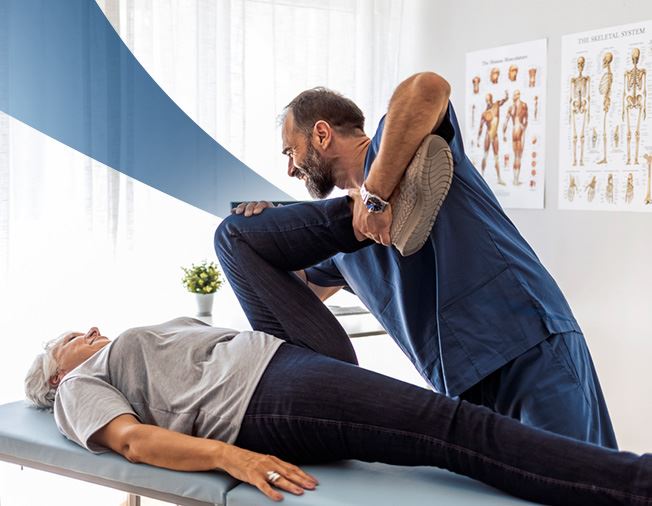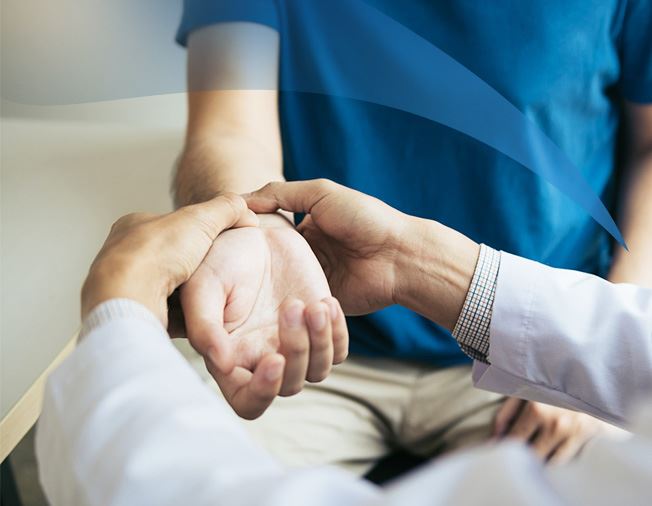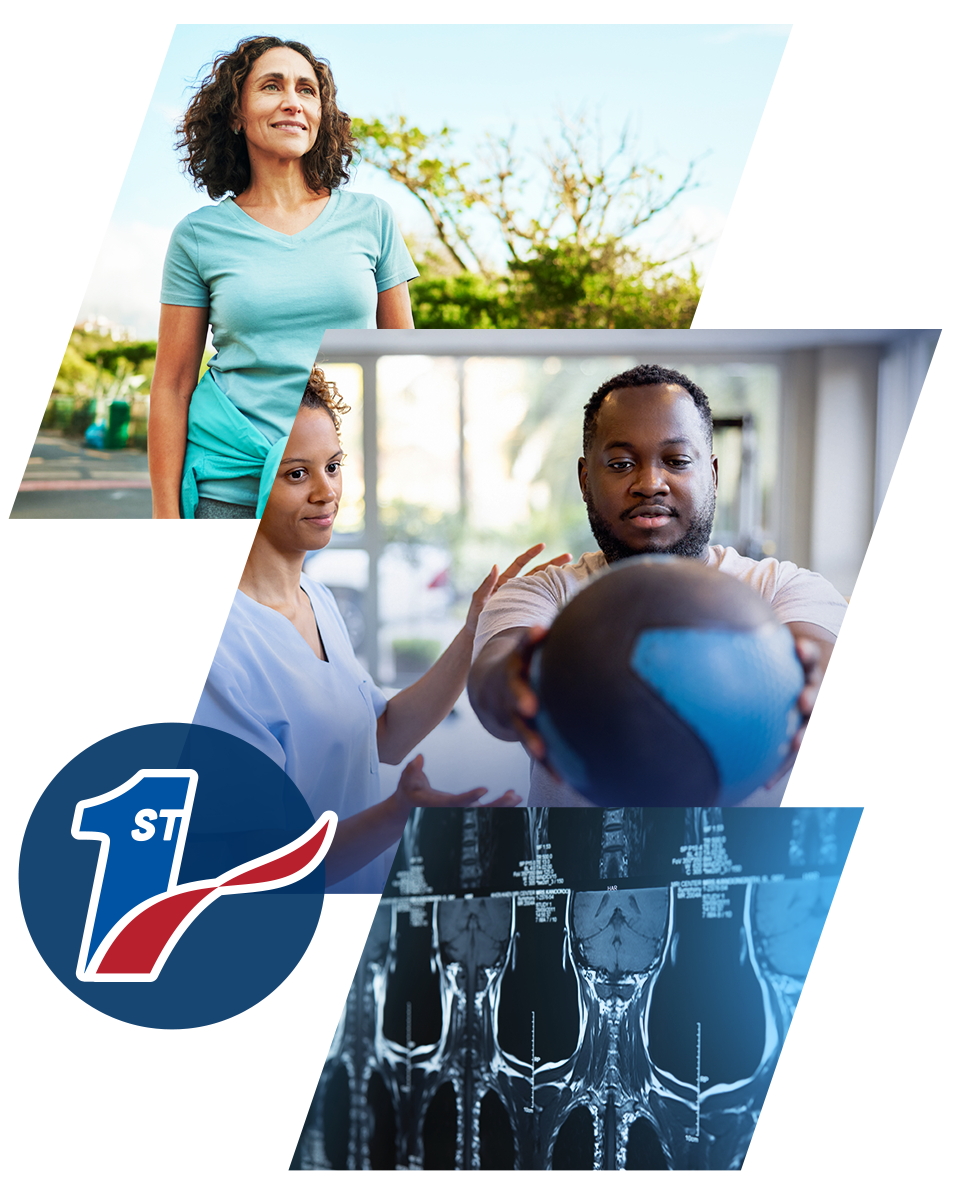



Breaking Down Barriers to Accessibility
Here Are Some Ways We Prioritize Your Needs:
We are relentless in our pursuit of making our services accessible to everyone, especially those impacted by auto accidents.
-
Identify Underlying InjuriesAuto accidents can cause a wide range of injuries, some of which may not be immediately apparent. Diagnostic tests like X-rays, MRIs, and CT scans can reveal hidden damage to bones, soft tissues, and internal organs.
-
Determine the Extent of the InjuriesDiagnostic tests help quantify the severity of injuries, aiding in the development of treatment plans. This ensures that each patient receives the appropriate level of care.
-
Monitor ProgressAs treatment progresses, diagnostic testing can be used to track healing and make necessary adjustments to your care plan.
-
Provide Evidence for Legal ClaimsDiagnostic test results serve as valuable evidence for personal injury claims. They provide reliable evidence of the injuries sustained, which can be crucial in negotiations with insurance companies or in court. Moreover, these tests can help your attorney get an accurate idea of the damages that you are qualified to receive following your accident.

Nuestro equipo de quiroprácticos y médicos tratará su afección y se esforzará por minimizar el impacto de esta en su vida y el potencial de sufrir dolor o una enfermedad en el futuro.
How are Medical Bills Calculated After an Accident?
These Bills Are Calculated According to Numerous Factors, Including:
Following an accident, medical bills can add up quickly, leaving you with a mountain of expenses. Although these expenses can quickly escalate, there may be financial relief available based on the specific circumstances of your accident.
-
Cambios de humor
Los sentimientos de irritabilidad, ansiedad o depresión pueden surgir debido a un trauma físico o al impacto emocional del incidente.
-
Fatiga y trastornos del sueño
Estos son a menudo síntomas de lesiones físicas o estrés emocional por el accidente.
-
Mareos y problemas de equilibrio
Indicadores potenciales de una conmoción cerebral u otra lesión en la cabeza.
-
Ongoing Support & Re-EvaluationWe are committed to standing by your side every step of the way, offering a supportive, knowledgeable, and empathetic approach to your healing process. Throughout your recovery, we can provide ongoing support and re-evaluation to monitor your progress and make any necessary adjustments to your treatment plan.
-
Detailed Discussion & Treatment PlanningWith a clear diagnosis in hand, a member of our team can sit down with you and discuss the results in understandable terms, addressing any questions or concerns you might have. Based on the diagnosis, we can then develop a treatment plan built specifically for your
-
Personalized Analysis & DiagnosisOnce the diagnostic tests are completed, our medical professionals can analyze the results. This evaluation helps us pinpoint the extent of your injuries accurately and effectively.
-
Comprehensive Diagnostic Testing
Depending on the results of your initial consultation, we may recommend several state-of-the-art diagnostic tests.
Some of the primary tests we may recommend include:
- X-rays: Ideal for identifying fractures and bone injuries.
- Magnetic resonance imaging (MRI): Used to detect soft tissue injuries, spinal damage, and subtle bone conditions.
- Computed tomography (CT) scans: Provides detailed images of internal injuries, including severe conditions like brain trauma and internal bleeding.
- Ultrasound: Often used to evaluate soft tissue and organ damage.
- Electromyography (EMG): Recommended for assessing nerve damage and muscle response.
-
Initial Consultation & AssessmentThe diagnostic journey begins with a thorough initial consultation. During this session, our team can review your medical history and listen attentively to any concerns and symptoms you have. This conversation will inform the structure of your care moving forward.





